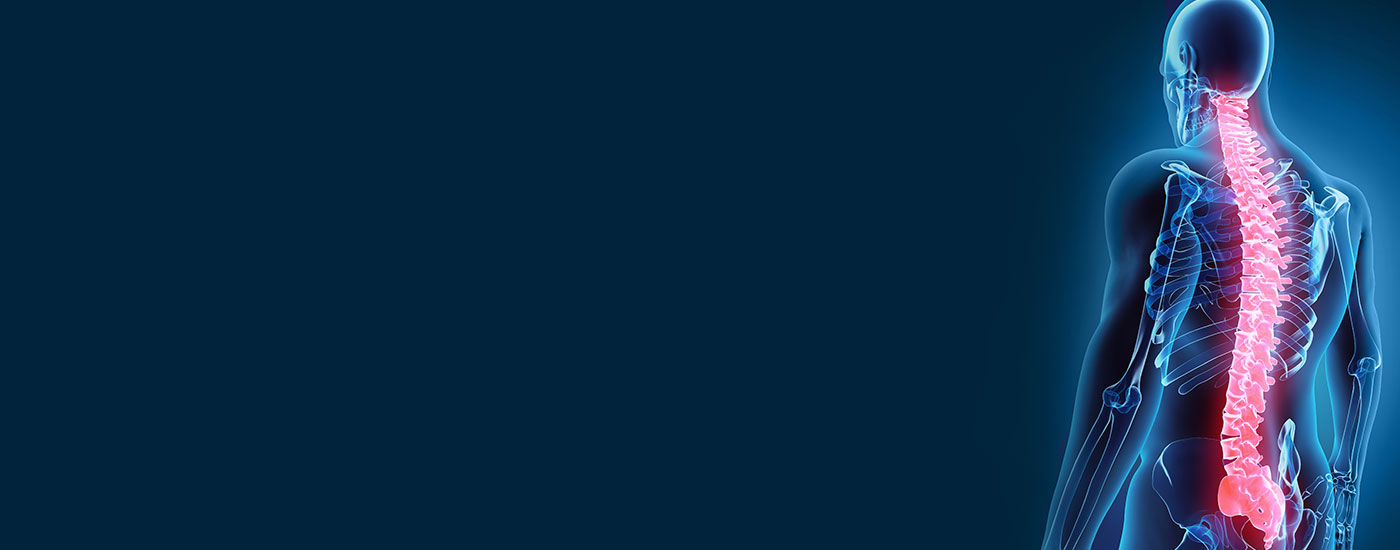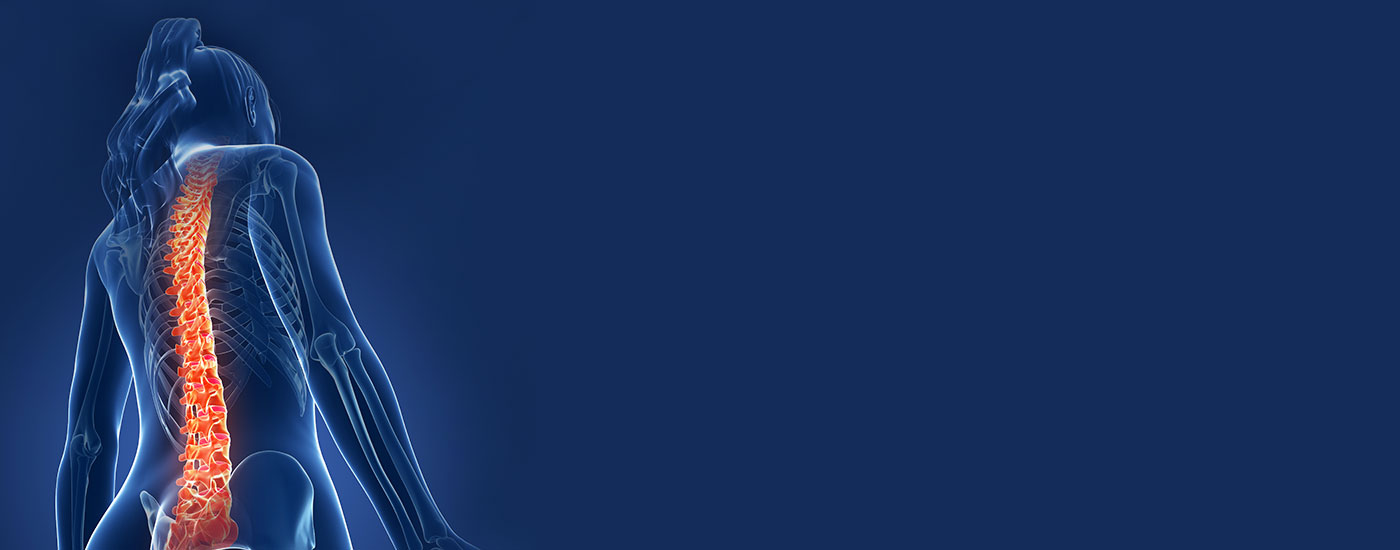

Exercise is an important part of health. It is an integral part of weight loss programs as well as slowing the aging process. Any amount of exercise is good, although there may be certain health conditions that one may have that will prevent them from exercising.
When an individual is doing any kind of exercise training, his maximum heart rate (MHR) should be monitored frequently (especially if you are just starting an exercise regime.) The objective is to reach a target heart rate which should be 70-85% of one=s MHR. The MHR is calculated by the formula (220-age.) Physical success is indicated by the anaerobic threshold (AT.) AT is where there is not adequate oxygen to support the tissues of the body. At AT, the heart rate increases and the performance decreases. AT is elevated by short but intense activity. One's best training is done just below AT. To accomplish good training, one is recommended to have intervals 5-by-5. 5 minutes at target and 5 minutes to slow down to regain heart rate and then repeat 5-by-5.
Exercise can also build or tone muscle and strengthen bone. When muscles are used against a weighted device, the force applied to the bone actually causes an increase in bone mass at that location.
The increase in muscle size has several advantages such as:
Exercise has many benefits to the body. For instance, the metabolic rate (MR), which is related to lean tissue, is increased. As you age, your body=s MR decreases as well as your lean tissue, hence the advantage of exercise.
MR is influenced by several factors which are:
Exercise increases levels of GH which promotes protein synthesis, stimulates gluconeogenesis and promotes lipolysis. Lipolysis is the degradation of fat cells. So, once again, exercise also helps burn fat. Thyroid hormones are also elevated with exercise and along with GH stay elevated for quite some time after exercise. The epinephrine that is elevated causes an increase in blood glucose (sugar) and stimulates lipolysis which once again shows that exercise helps burn fat. Exercise also decreases insulin levels, increases blood plasma, decreases cholesterol, LDL and triglycerides. It also increases the good HDL levels which are known to help prevent atherosclerosis and releases endorphins which help sedate pain and give euphoria.
The physical activity depends mainly on three systems of energy for muscle contraction. The first to be used is called the ATP-phosphocreatine system which only lasts for 8-10 seconds. Then the second system kicks in, which is called the lactic-acid (anaerobic) system which lasts approx. 1.3-1.6 minutes. This lactic-acid is formed when there is insufficient oxygen supplied to the muscle cells. The third and last system is the aerobic system which has an unlimited time frame but produces the least energy. With the aerobic system, one burns fat much more readily than the other two systems. Both aerobic and anaerobic systems are boosted with the increase in muscle size/quality and therefore increases the efficiency of energy production.
Increased amounts of exercise requires proper nutrition for longer lasting muscle fuel. There are supplements on the market that one can take as well as certain foods one can eat. Glucose stores in the muscle called muscle glycogen, are the immediate fuel stores for exercise. To build up or restore this type of glucose, one should eat carbohydrates. Studies have shown that the muscles are most susceptible to insulin 2-4 hours after exercise and therefore, that is the best time to replace the muscle glucose stores.
Certain activities can deplete these stores such as:
lasting effect. The supplements that are on the market that can be helpful in exercise are supplements that contain L-carnitine and chromium. L-carnitine is helpful in the transportation of fatty acids, which come from dissolved fats, into the mitochondria(energy producing organelle) which is then used for energy production. Chromium, which can also be found in brewer's yeast, can correct impaired blood sugar tolerance by increasing the body's sensitivity to insulin. Chromium can also reduce cholesterol and raise levels of HDL.
One important factor that can impair exercise is smoking. The nicotine constricts terminal bronchioles of the lungs which reduces the oxygen exchange. Nicotine also paralyzes the cilia which are hair-like cells that propel foreign substances back out the airway. Smoke also irritates the lungs surfaces causing fluid to be secreted into the tubes of the lungs resulting in impaired oxygen flow.
Last but not least, the heart is greatly affected by exercise. In individuals that train for endurance, the heart output increases because of the heart chambers increase in size. The muscle walls of the heart also thicken and become stronger resulting in a stronger heart.
